Food photography is an extremely cunning concept and industry. It essentially uses trickery to make food look so good to your eyes that you end up not being able to control yourself and want to indulge in that food. Naturally, the food-photography industry has aggressively worked to connect eating delicious food with the tactics of aggresive marketing.
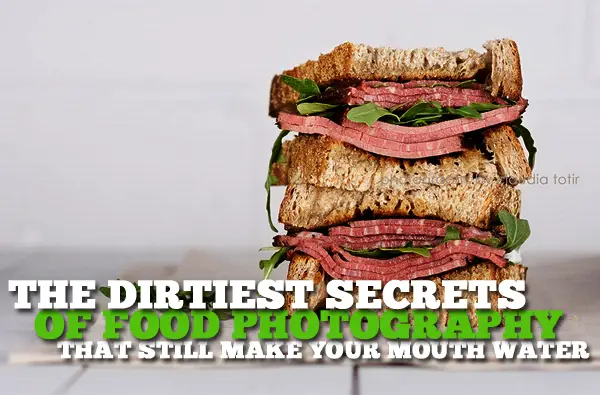
While getting food confused with sex is of course psychologically unhealthy—and just weird—it remains that food photography is solely based on making food look irresistible. You can even call it…“sexing up” your food. That succulent piece of meat? Sexed up by a food photographer! That inviting bowl of ice cream? Sexed up by another food photographer!
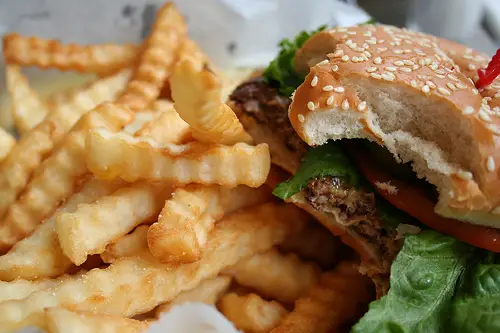
However, there are many underhanded tricks of the trade that the professionals use to make food so tasty that you just want to shove your face in it. You will be surprised by some of them…and maybe even repulsed by others! Sit back, get comfortable and devour the dirtiest secrets of food photography.
Steam so Fake It Hurts!
One of the easiest ways to make food more appetizing is to photograph steam or smoke coming off of it. After all, what’s more delicious than having a plate of hot food just sitting there, waiting for you, right? In reality, this steam wafting off food is fake because, while the food being photographed may indeed be hot, it’s usually hard to capture steam in a snapshot. Sure, it’s not altogether impossible to capture steam—you can do it easily if you have a black or dark background, for instance. But in many cases, food-photography steam is fake.
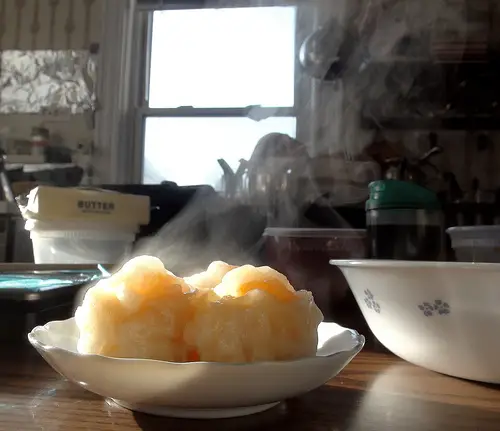
So what happens? Food photographers fabricate this “steam” by way of carefully placed incense sticks or even a steamer right behind the food (and hidden from the viewer, naturally). Incense sticks and steamers give off a constant stream of steam, making them convenient resources. Some food photographers don’t even bother with them at all—they just jump right to post-processing and digitally add the fake steam. Yum!
Deodorant…on Food? Get Outta Here!
If you’ve ever salivated at the sight of “fresh” fruits in food photography, then you’ve likely just salivated over something other than food. It’s sad, but true! Sometimes, when you’re admiring so-called fresh fruit in food photography, you’ll see a light dusting all over fruits, let’s say grapes, which makes them appear fresh. However, there’s a dirty secret to that. A really dirty secret.
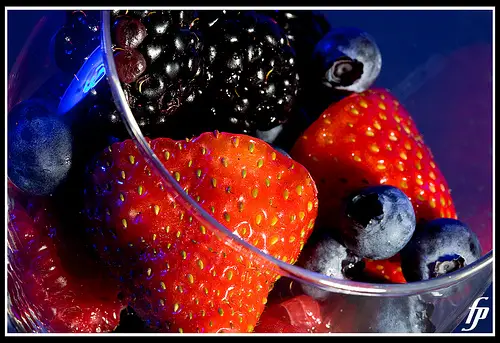
Believe it not, the light dusting is actually just deodorant that’s been either applied or sprayed right onto fresh fruits! Gross! While this tactic will trick the unsuspecting eye into believing that the food is really fresh, it’s actually quite inedible, to say the least. If you eat those grapes, you’ll be dealing with severe grapes of wrath instead.
Glycerin Is Prevalent
What exactly is glycerin? It’s just an odorless and colorless, clear liquid that is known for its low toxicity and sweet taste. It’s also widely utilized within pharmaceutical formulations. That makes it perfect for food photography, right? Many food photographers think so, anyway…and what could be more delicious than such a compound all over your food?! Mmm…mmm, good!
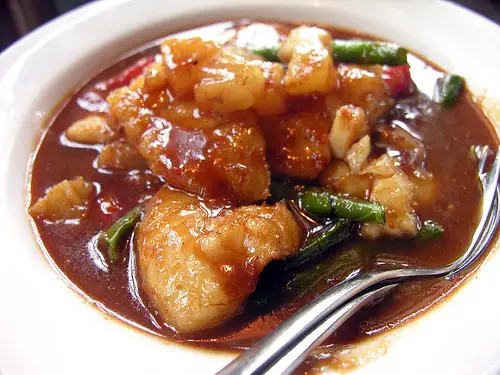
Glycerin helps a lot in making the food in pictures look quite fresh, which in turn makes it more delectable-looking. This is especially applicable to foods like vegetables and fish. If you see food in photographs looking freshly spritzed, then you can bet your top dollar that glycerin was just used on it! Glycerin is either brushed or lightly sprayed onto food, turning even the stalest food into something you’ll want to order in a restaurant.
Time for Some Fun-Tak!
You may never have heard of Fun-Tak by maker Loctite, but if you work in food photography, chances are quite high that you’ve already used it several times to sex up your food shots. This is a type of mounting putty or clay, but the benefit is that it doesn’t leave residue on top of surfaces once it’s removed. In essence, you use it to stick food to props or vice versa.

For instance, forks and other utensils that properly sit on a plate of food in a certain, unmoving position were “Fun-Taked” there to make sure the shot came out perfectly. If you want forks to stay where they should be in a shot instead of sliding down a plate thanks to gravity, then Fun-Tak is what you’re after as a professional.
Mashed Potatoes as a Food Substitute
Mashed potatoes are delicious when they’re served with some gravy, but not when they’re used as a substitute for ice cream! Yup, you heard us right: Food photographers use mashed potatoes in place of ice cream. What could be grosser? Its use in substitution can be explained by the fact that it doesn’t melt. Of course, since mashed potatoes are the wrong color for ice cream (who would want to eat yellowish ice cream anyway?!), they’re artificially colored for a shoot.
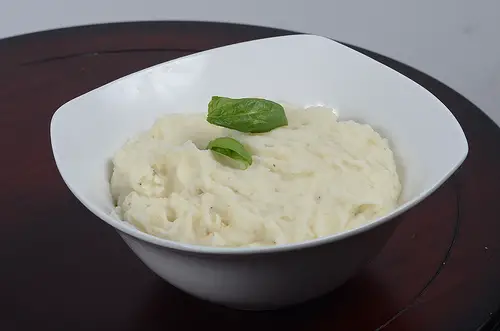
In addition to their infamous use as a substitute for ice cream, mashed potatoes can also be injected right into meat in order to provide it with some volume. Some foot photographers even stuff it into pies in order to produce full-looking, photogenic slices. Only the edges of the pie would be covered with filling in these situations.
The Dirtier, the Better
When it comes to food photography, the dirtier your secrets, the better. No one would suspect the extreme lengths that the professionals go to in order to ensure that the shot of a huge, juicy steak dinner comes out perfectly. Now you know better, though. You know all about the dirty tricks that food photographers use when attempting to stimulate the gastronomic delights of the human appetite.
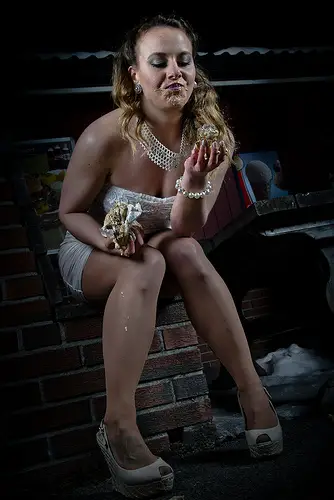
So the next time you’re looking through a food magazine, watching a TV commercial about your favorite restaurant chain or just looking at produce in your grocery store’s flyer, remember this: It’s all fake, and they’re lying to you. But you enjoy being lied to, don’t you? After all, you want to think that the food you’ll put into your mouth will blow your mind and obliterate your taste buds with sheer ecstasy when you ingest it. Just check out this awesome post on the best Instagram foodie accounts to see what I mean.
Sure, you can always exercise correct eating habits, be conservative and eat food simply for its nutritious value, but you’re too much of a hedonist for that, and we get that! What do you think about the dirty tricks that food photographers use to sex up their food shots? Do you think it’s unethical or simply good business sense? Tell us all about it in the comments, why don’t you! Oh yeah…and feel free to share this post as much as your foodie friends want.









Can anyone tell me the date this was published so I can use to reference? Thank you.
Fiona,
The publish date was Oct 2, 2013. Thanks